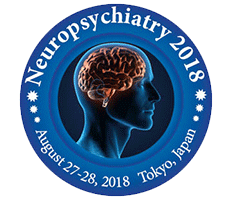
Sergio Kosac
Hospital San Miguel, Argentina
Title: Neurophysiological monitoring during epilepsy in surgeries
Biography
Biography: Sergio Kosac
Abstract
Epilepsy Surgery originates in the early XX Century since the discovery of functional areas, by Broca, Hitzog, and many others, one the one hand. On the other hand, Jackson’s findings, describing the irritative cortical foci, and proposing their excision, until the experiencies of W. Penfield, who generated a most complete functional cortical map, until that time, specifying motor and sensitive/sensorial areas, allowed surgical techniques to advance significantly.
Nowadays, surgeries for reduction or elimination of cortical irritative foci, are carried out in cases of: cortical dysplasia, cortical tumors, vascular malformations, etc. Although more and more accurate and satisfactoy surgical techniques were developed, in same cases it is imperative to preserve fucntional areas, whenever they are near or over the surgical area.
To prevent or minimaze damages to such functional areas, it is necessary to perform Intraoperative Neurophysiologic techniques. In cases of epilepsy surgeries, there area two ways: one is the electroencephalogram over the cortex, named electrocorticogram. I will not speak about this matter. The other one is the neurophysiologic Intra-Operative Monitoring. (IOM) perform this method, we can do, depending on the type of pathology, localion, which method will be applied: One technique is to locate, over the dura, motor and sensory areas: it is possible through a technique that applies Somatosensory Evoke Potentials, recorded with a strip of electrodes. Through this technique, we can map out cortex areas, allowing the surgeon to know, before opening the dura, where those functional areas are.
Another technique is, once motor and sensory areas are located, to find some fuctions over and into the motor area more accurately. This is made with a stimulator given to the surgeon, connected to the neurophisiologist’s equipment, through which, we can map out more accurate areas: i.e., hand area, leg area, etc,.. applying the stimulator over some points, and the neurophysiologist delivering stimuli to activate cortical motor neurons, and recording in the corresponding muscles.
Those techniques will be showed, with case presentations, graphics and videos. The goal is to show to the audience some methods that could improve life quality for those patients who traveled or undergo epilepsy surgeries with some funcional damage risk.

